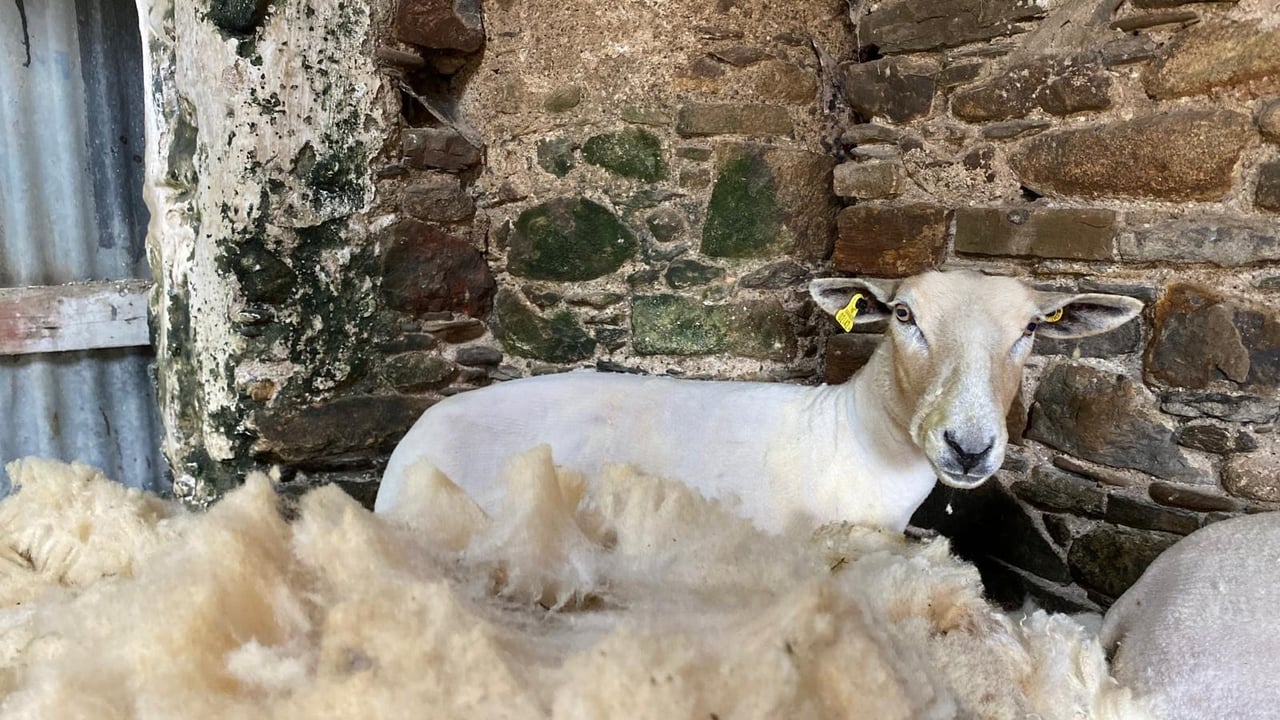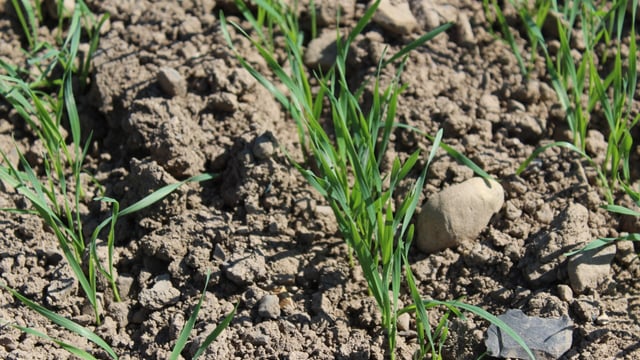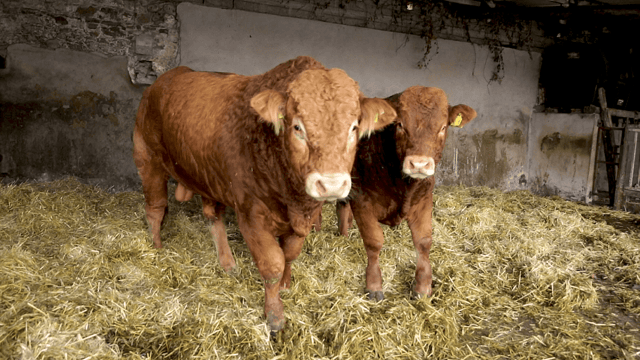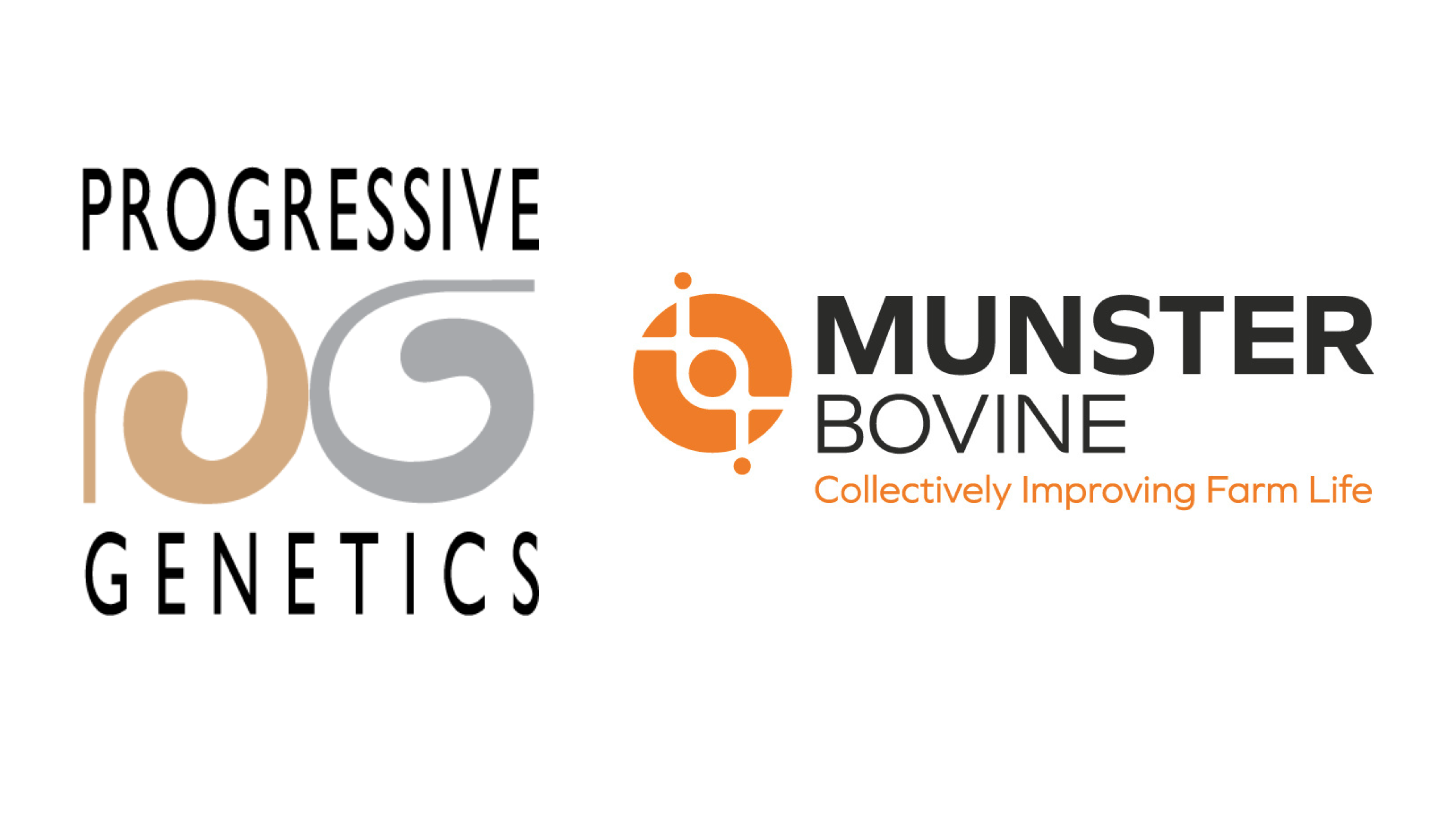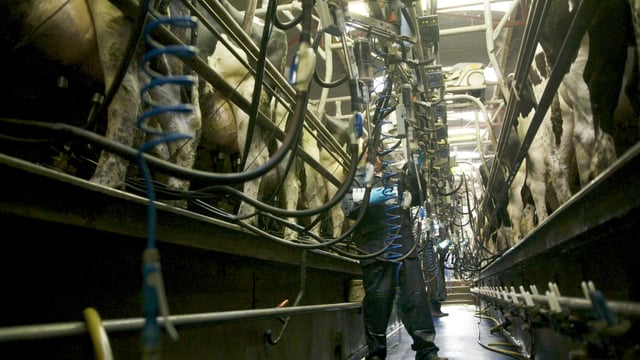Is it time to shear sheep to reduce the risk of blowfly?
With June just days away, a high risk period for blowfly strike approaches for sheep farms across the country where farmers may be considering when to shear their flock.
For blowfly, the season starts as early as April as temperatures increase. This is expected to continue right through to October.
According to Teagasc sheep specialist, Ciaran Lynch, blowfly can pose a significant challenge when correct prevention measures are not in place.
During the initial phase of strike, Lynch said the sheep may be away from the main group and may appear agitated, often biting or kicking at the affected area.
Blowflies are attracted to organic matter or discharge and soiled, dirty fleeces from animals with scour, footrot or open wounds that may occur from shearing or rams fighting, increases the risk.
They are also highly attracted to sheep where strike has already occurred. In damp, humid conditions, this risk is heightened.
The fleece of a sheep provides an ideal incubation ground for the fly to lay her eggs and shearing will remove this.
However, Lynch said this protection is only short lived and strike can occur within weeks during high risk periods.
Therefore, the Teagasc sheep specialist said the aim "should always be to prevent blowfly strike from happening in the first place". There are a number of different options that are available to farmers in this regard.
Lynch said the efficacy of this method is dependent on correct dipping procedure, ensuring the dip is made up to the correct strength and replenished periodically following manufacturer’s instructions at specified intervals.
He added that sheep should remain in the solution for a minimum of 60 seconds. The duration of immersion in the dip solution is strongly correlated to the length of time that protection will last for.
Plunge dipping to control external parasites is an option in the National Sheep Welfare Scheme and must be completed by October 15, 2024.
In the scheme, plunge dipping can be carried out on farm where the flock owner has their own plunge dip or by a mobile plunge dipping service operator.
Documentary evidence of completion of this action will include but not been limited to, completion of the scheme action record sheets, receipts from a contractor and/or receipts for the purchase of appropriate dipping material.
The action must be carried out on the number of breeding ewes selected by the farmer as their payable number at application stage.
This is the most common method used on farm. There are a number of products available offering periods of cover from seven to 19 weeks.
Applying to soiled or contaminated areas will greatly reduce product efficacy. The meat withdrawal dates vary from seven to 40 days for these products, so care needs to be taken to ensure they are suitable for the farming system.
Given the fact that blowfly season is quite long, Lynch said that a repeat application may be required in many cases once the period of cover nears its specified duration.
Key points to remember for treatment:
- Have the control method in place before strike occurs;
- Use products correctly in accordance with manufacturer’s instructions;
- Be aware of the periods of cover provided by each product and the withdrawal dates when selecting stock for sale;
- Have an effective internal parasite programme in place on your farm;
- Dag and shear dirty sheep;
- Treat any incidence of strike promptly.
The key message is to monitor stock closely, shear ewes when possible and seek advice from your veterinary practitioner on the best treatment to prevent/control flystrike cases in the flock.

